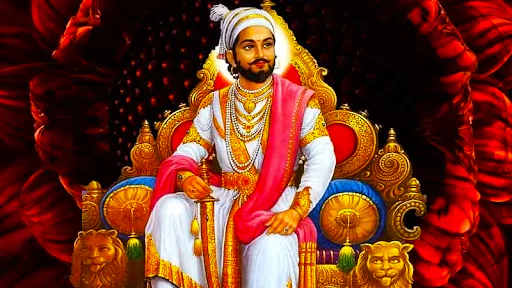![]() 3 Apr 2024
3 Apr 2024
The death anniversary of Maratha warrior Chhatrapati Shivaji Maharaj is observed on 3rd April 1680 every year.

| Must Read | |
| NCERT Notes For UPSC | UPSC Daily Current Affairs |
| UPSC Blogs | UPSC Daily Editorials |
| Daily Current Affairs Quiz | Daily Main Answer Writing |
| UPSC Mains Previous Year Papers | UPSC Test Series 2024 |

<div class="new-fform">
</div>
